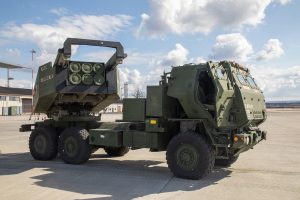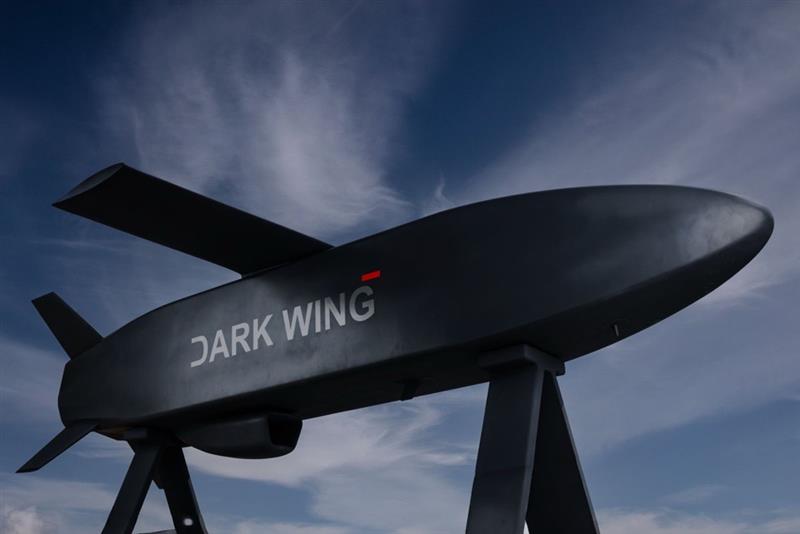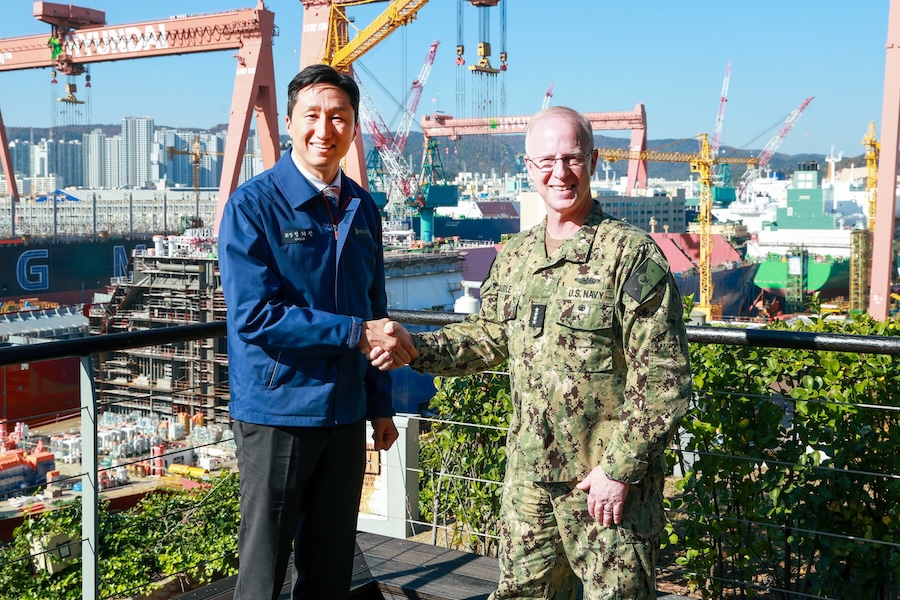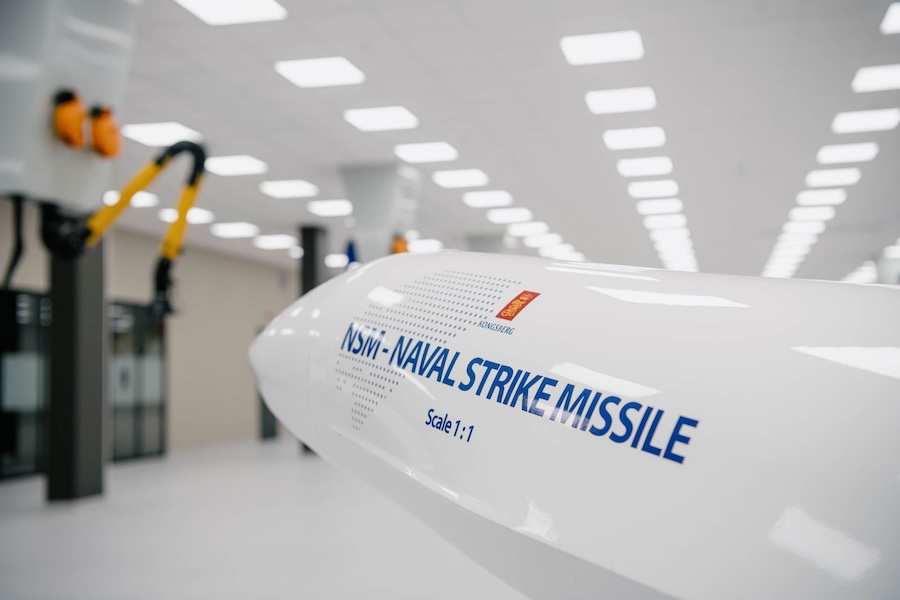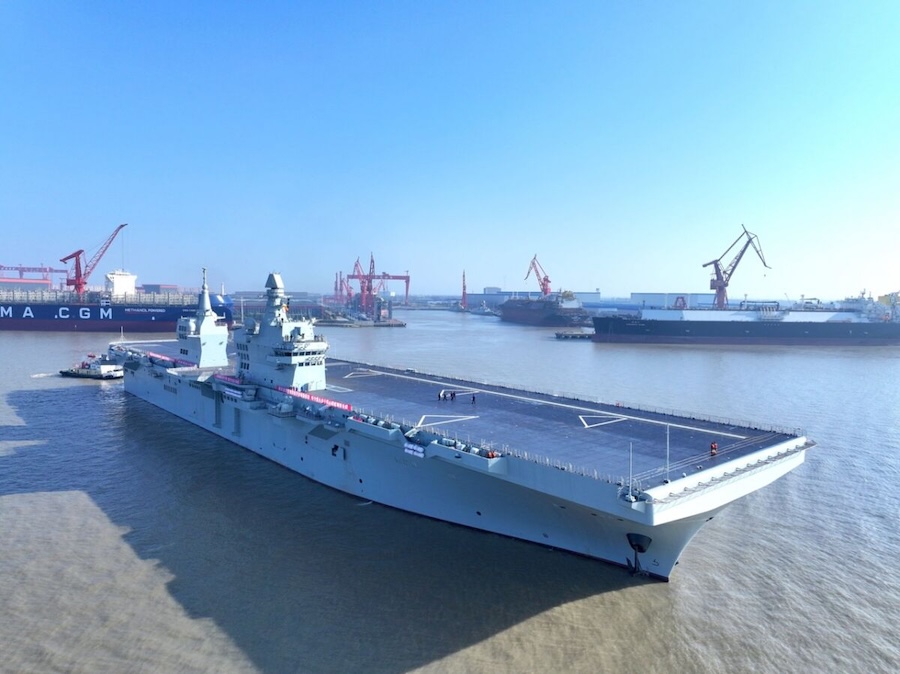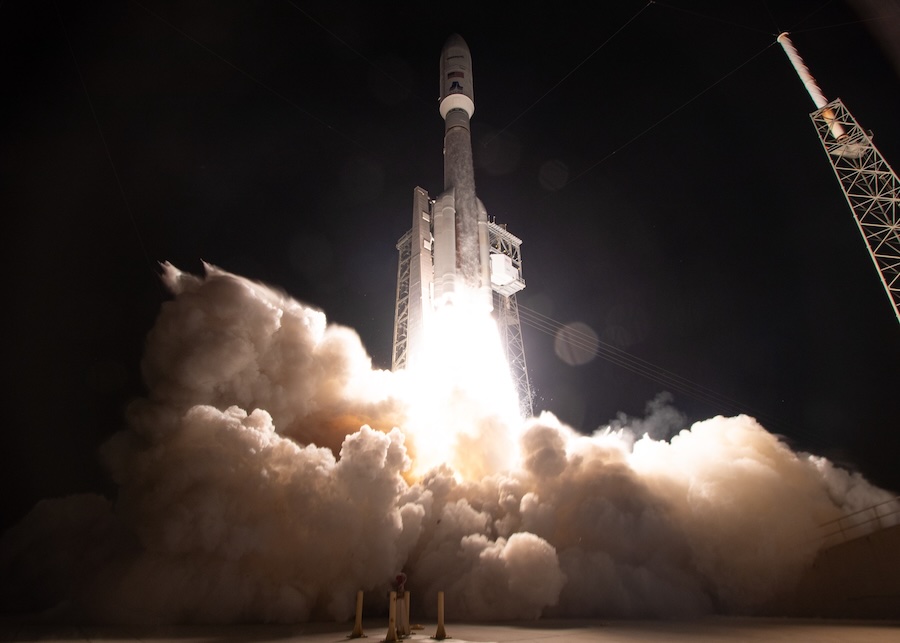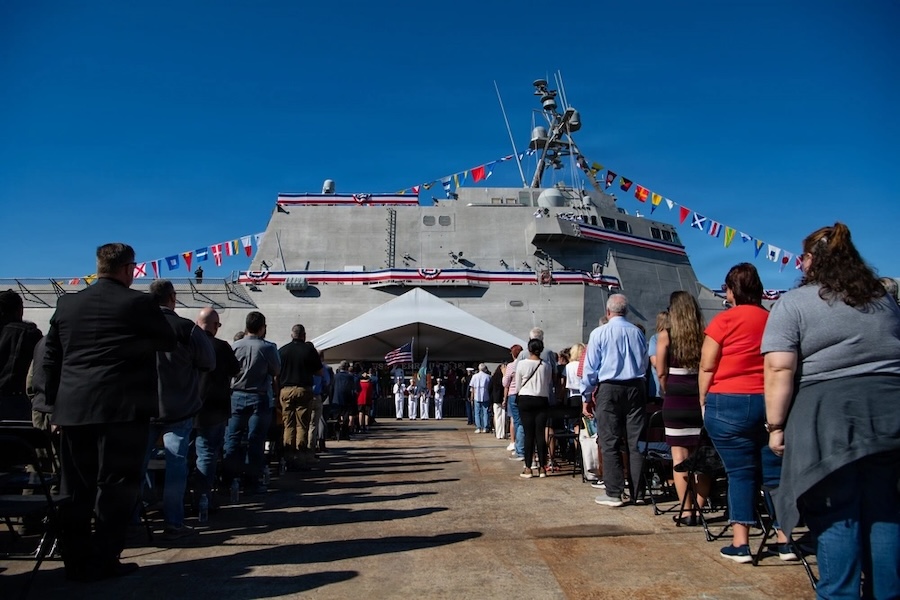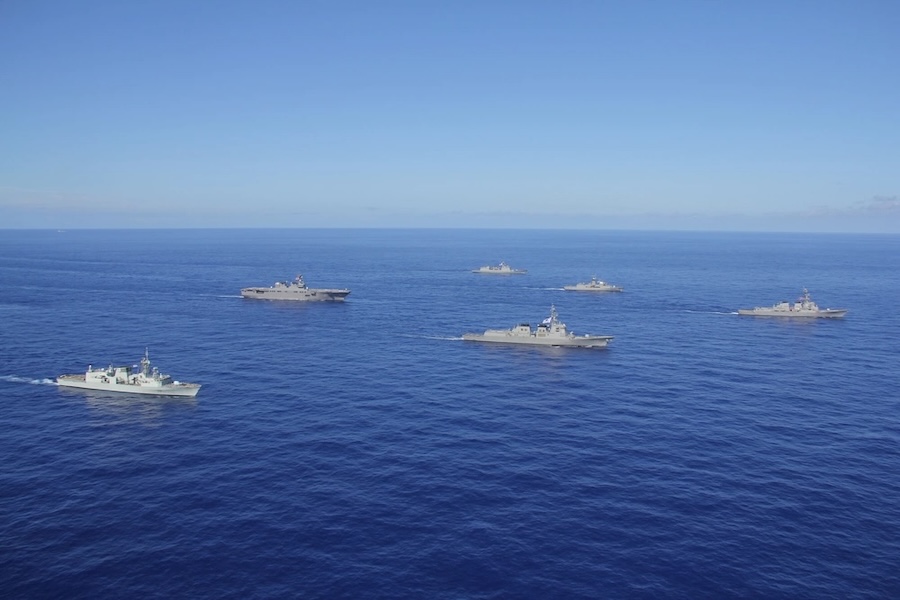The HIMARS platform can strike targets up to 310 miles away with Precision Strike Missiles and fire six rockets within 45 seconds before relocating. Senior officers and Japanese officials observe as U.S. Marine Corps Sgt. Dawson Dauzat, 3rd Battalion, 12th Marines, 1/11 Alpha Battery launcher chief, leads his crew in preparing their launcher, call sign “Demon”.
“Key task when we arrived at the firing point was ensuring my launcher’s danger area was safe with no unauthorized personnel or vehicles within 400 meters,” said Dauzat. “Once the area was secured, we focused on getting the launcher ready by pointing it at the target, and checking the tolerances for the launcher to verify the elevation, slope, and azimuth are within range for the safety of the fire mission.”
The firing sequence follows detailed verification procedures, alignment checks, and coordination with the Fire Direction Center. When the order arrives, the crew arms the system and fires, sending the missile across the sky before the sound reaches the spectators.
“I was really excited because we’ve been doing rehearsals for quite some time and we were told that we were going to be the first ones to shoot and make history,” said Dauzat. “My crew and I are proud and happy to be the first to do this; it was a really humbling and exciting experience!”
Camp Fuji offers realistic terrain, a suitable range, and the infrastructure required to train safely with HIMARS. The exercise caps 12 years of planning between the United States and Japan to enable this type of operation.
“This success highlights the enduring partnership between the U.S. and Japan and our collaborative efforts in safeguarding regional security,” said U.S. Marine Corps Brig. Gen. Kelvin Gallman, United States Forces Japan deputy commander. “We extend our sincere gratitude to the government of Japan, Ministry of Defense, and Ministry of Foreign Affairs for their support in making this exercise a resounding success. This exercise is a tangible demonstration of the increasing capability and capacity of our forces here in Japan.”
U.S. Army Col. Grady Lowe, USFJ J5 plans officer, underscores the broader implications of the event. “The planning was a combined effort from both the US and Japan, showing how well we can work together,” he said. “Our goals, as well as Japan’s, are to remain on par with any new threats as they come out.”
Dauzat and his team hope the milestone will lead to broader training opportunities at Camp Fuji, including new ammunition types and combined arms training with Japanese forces. “What’s important now that this door has been opened is seeing the potential to do more and conduct bigger exercises like this,” Lowe said. “I think as USFJ transforms into an operational and joint organization, we will see this exercise evolve and grow to fire launchers from U.S. and Japanese forces together.”
The HIMARS event supports priorities set by U.S. Air Force Lt. Gen. Stephen Jost, USFJ and Fifth Air Forces commander, to strengthen interoperability, optimise force posture, and advance the U.S. Japan alliance.







